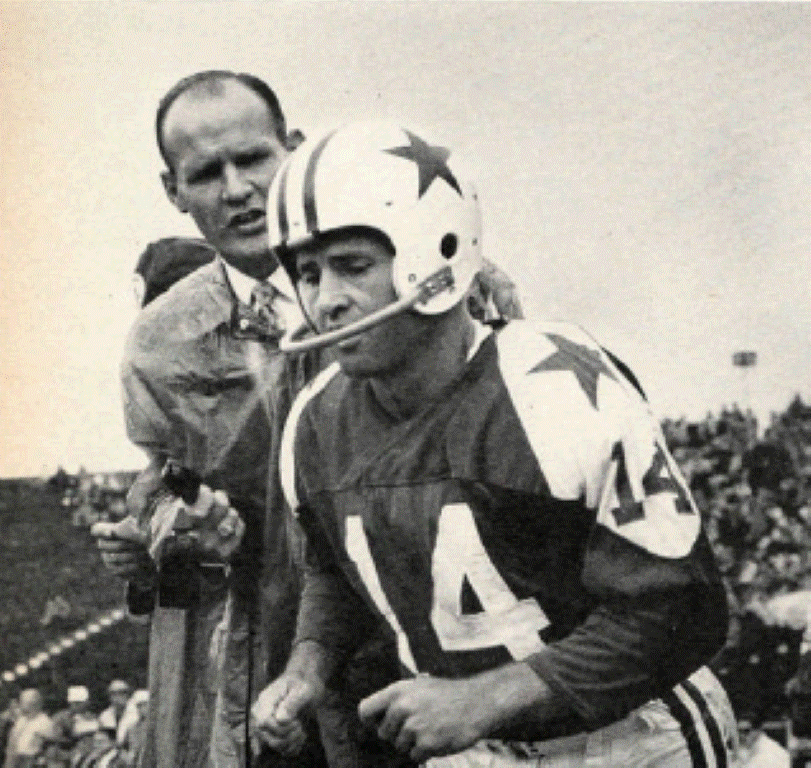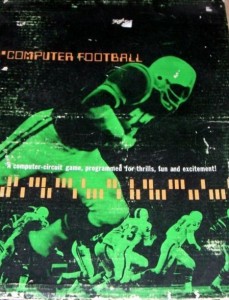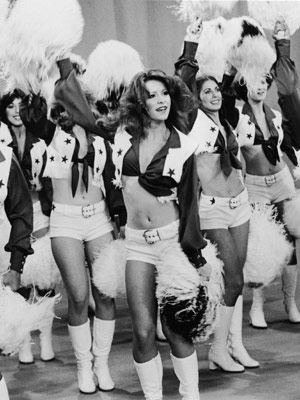In Julie Turkewitz’s bright New York Times article about the renaissance of sensory deprivation tanks, she mentions that it was a training method at one point of the Dallas Cowboys, a football team led from 1960 by a control-freak head coach in Tom Landry, who favored bleeding-edge technological, computer and neuropsychological systems (see here and here). Excerpts follow from two articles about the Cowboys utilization of tech and tanks.
________________________
From Malcolm Moran’s 1981 New York Times’ article “Cowboys Floating into the 80’s“:
DALLAS— The clear plastic mats lead out of the locker room, past the blue and silver banner that says Cowboys, and into a smaller meeting room where the blackboard is clean. In this room, there is no need for X’s and O’s. The Dallas Cowboys who voluntarily enter the room climb into the team’s new sensory deprivation tank, a white fiberglass box that is eight feet long, four feet wide and four feet high. One by one, they float on their backs in water for an hour at a time in a peaceful world where their minds can be cleared of mistakes and pressures, and then refilled with information that can help win football games.
”The think tank,” said D.D. Lewis, the linebacker. The Dallas organization, given credit for bringing football into the computer age during the 1960’s, is trying something new for the 80’s. The Cowboys will experiment with a new teaching method that combines two ideas -closed-circuit television and a controlled environment.
Some research has shown that the use of videotape on television screens can increase learning. And the controlled environment – a dark, enclosed, weightless, timeless space aided by a heavy salt solution warmed to body temperature – can isolate the player from the world, eliminate distractions and simplify learning.
This environment is a long way from the traditional football classroom with its rows of chairs and reels of film. Soon after the film Altered States put the idea of floating into the national consciousness, the people who call themselves America’s Team are talking more about reaching the alpha state than the end zone. Once the television screen is installed directly over the player’s head as he floats on his back, the Cowboys will attempt to improve an athlete’s rate of learning, and eventually his performance, through the use of edited information given on an individual basis.
”I think you will see in five to 10 years there will be a drastic change in the utilization of videotape by football teams, or sports teams,” said Joe Bailey, the club’s vice president for administration. ”If you assume that coaches are teachers, and if you look into the classrooms of today, they’re probably a little bit different than the classrooms you were in. I think there’s a brave new world out there as far as the education process is concerned.”
Or, as Coach Tom Landry said, ”You just have to get an edge someplace.” How the Cowboys look for their edge, and what they do to achieve it, has been debated. Steve DeVore, one of the creators of SyberVision, a California company that has researched the concept of improving physical performance through visual stimulation, was critical of the way the Cowboys plan to use videotape as a learning tool in the tank environment. ”It’s a gimmick,” Mr. DeVore said.
Mr. DeVore said that one hour of training under the company’s system, which does not involve the use of tanks, can have the same effect as 10 hours on a practice field. ”It’s a powerful, powerful process,” Mr. DeVore said of the use of videotapes as a learning tool to improve physical performance. ”If it’s in the wrong hands, in an environment that cannot be controlled, it can be dangerous. It’s like fire. It can warm you, but if it gets out of control, it can burn you.”
________________________
From Rick Telander’s 1981 SI article “Hell On Wheels Having Mastered The System“:
The real problem with emotion in the Dallas setup is that, like Dorsett’s resilience, it doesn’t compute. “America’s Team” has been skillfully manufactured to dispatch opponents with methodical precision. Any new device which may enhance the juggernaut is tested–the latest being a Sensory Deprivation Tank, a silent, water-filled coffin, in which, according to Dorsett, Kicker Rafael Septien lives–and anything that can be computerized, is. The motifs are conservatism (players are encouraged to marry, buy homes and settle in the community) and stability (the ruling quartet–owner Clint Murchison, Schramm, Brandt and Landry–has been with the club since its inception 21 years ago). The result is The System, and a team that is remarkably consistent–could any other club lose a quarterback like Staubach and not miss a beat?–but which seems to lack soul.•




